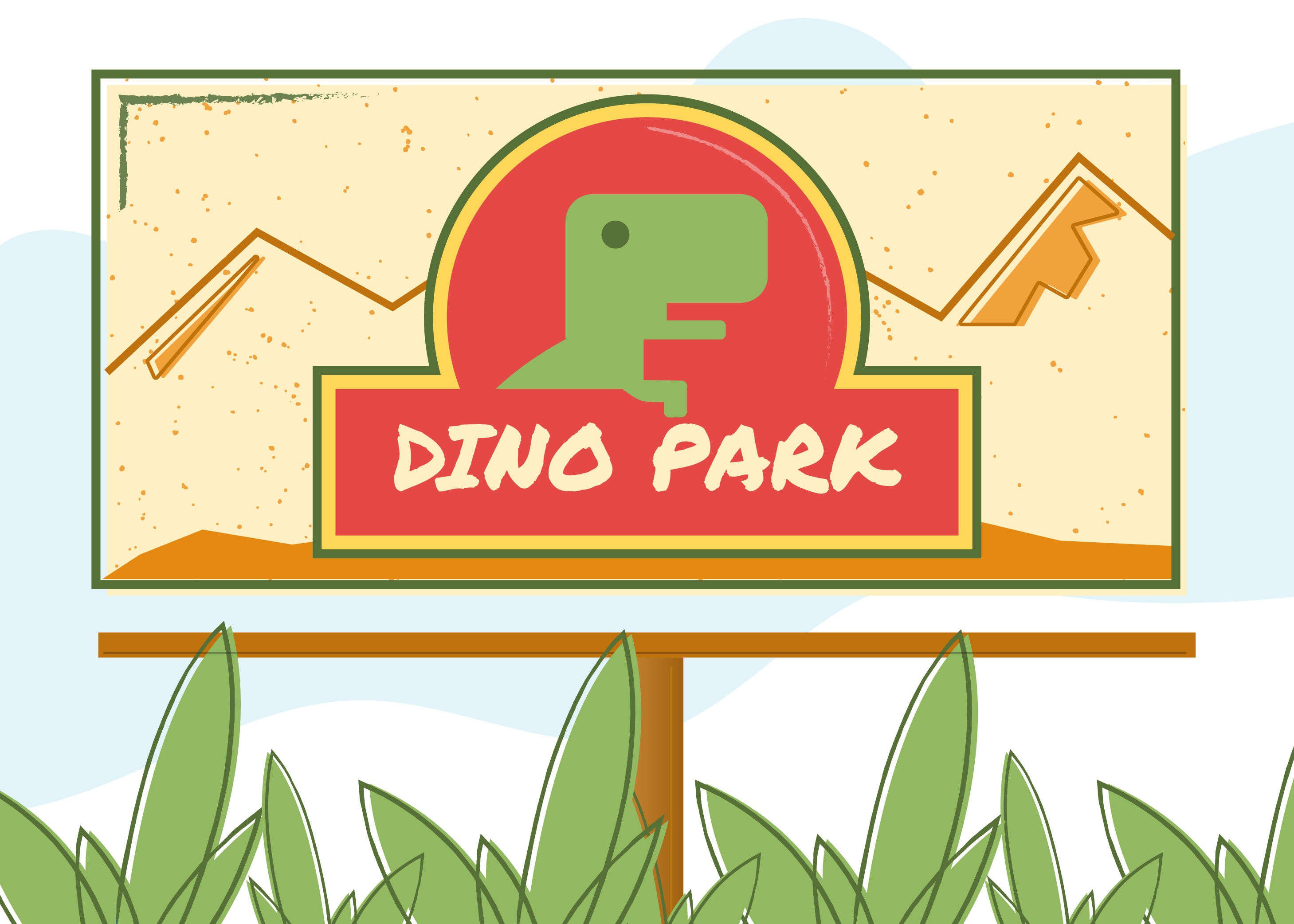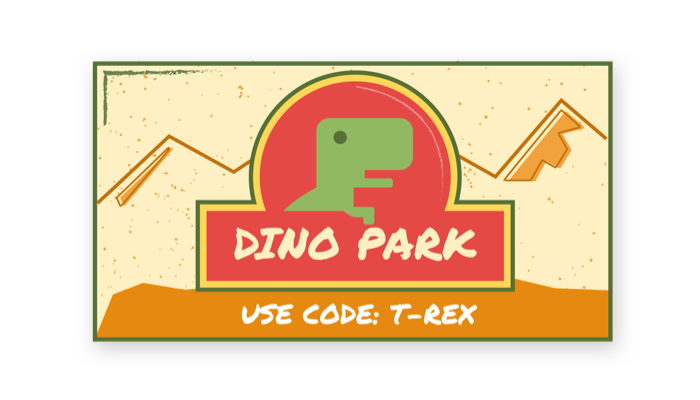Google’s Consumer Barometer says 32% of global buyers research online and offline before marking a purchase. An analysis of independent surveys found that 40% of online shoppers are influenced by offline marketing campaigns when making a purchase.
But how do you track these offline campaigns? How can you know whether they are working? There are actually several techniques for measuring offline campaigns, thanks in part — ironically — to today’s technology.

Types of Offline Campaigns
Before we discuss the types of tracking techniques at your disposal, let’s review some of the types of campaigns that can be run offline. There may be a platform you haven’t considered yet that can have exceptional potential for added revenue and growth for your business.
- Billboards: Consider this: The average American spends nine days out of their year stuck in traffic. Just think of the vast number of people sitting there hoping for a distraction in their mundane, daily commute. Entertain their wandering eyes by letting them gaze upon your well-crafted advertisement.
- Bus stops and train stations: There are over 4.2 billion individual bus trips within the United States every year. With millions of Americans riding their local bus and train lines each day, ads in these transportation stations are a great way to target those daily commuters.
- Vehicle wraps: In addition to ads at public transportation stations, you can place ads on or inside the transportation vehicle itself.
- Postcards: Wait … as in direct, physical mailing? Yes. Physical mail does not have a spam folder; what you send gets put straight into the recipient’s mailbox, P.O. box or mail slot. You might be surprised with the outcome, and it can cost you less than $1 per postcard.
- Magazine or newspaper ads: Print is not dead. Reach your audience through niche magazines related to your business to attract them to your site.
- Free Promotional items: Adding promotional items to your marketing efforts, such as distributing free items with your brand’s logo, can increase your brand image and recognition while supplementing your online campaigns and increasing business.
- Sponsorships: Sponsorships are a great way to advertise your brand offline while proving your commitment to your community. Sponsorships come in many forms, such as supporting a charity BBQ, creating a scholarship, or backing a local soccer team. In addition to increasing brand recognition, the positive publicity that comes with local sponsorships encourages potential customers to choose your business over competitors next time they need your service.

Ways to Track Offline Campaigns
No matter which format you use for your offline campaign, there are numerous ways you can encourage your audience to visit your online site. You can track exactly which offline medium your leads are coming from to understand which are most effective.
Custom landing pages/custom domain
Sending offline traffic to a custom landing page or custom domain is one of the best and most used methods for tracking offline campaigns. When a lead or customer visits your unique page, you’ll know exactly where they came from because the only way they could have known about the URL is via that specific ad.
For example, if you own a sporting goods store in your local community, you can run an ad during the football season in the newspaper directing people to a unique landing page (such as yourbusiness.com/gohawksfootball.com) that highlights the football gear you have in stock. Because you’re only providing this unique URL via this ad, you’ll know that your page views and purchases from that page came directly from that ad.
It’s important to use a “noindex meta tag” on these custom landing pages so that they’re not visible to search engines. This will not only avoid getting visitors to your page from sources other than your ad, but it will also keep you from being penalized SEO-wise for having duplicate content. To use a noindex meta tag, add < meta name=“robots” content=”noindex” > to the HEAD section of the pages you are going to create for these campaigns.
UTMs
Urchin Tracking Modules, or UTMs, are words or phrases appended to a URL that allow you to see where your page’s traffic comes from. UTMs are divided into six sections that are used to differentiate one from another. In each section, you put a word or phrase that you understand and can recognize later on that will help you identify where a lead came from:
- Website URL: The destination URL you wish to track
- Source: The type of campaign you are running such as Google, Facebook, newsletter, or magazine
- Medium: Type of campaign such as CPC, CPA, banner, email
- Name: Product name, promo code name
- Term: Paid keywords or other distinguishing factors of the ad or ad group
- Content: Image, content or other distinguishing factors to differentiate one ad from another
Let’s say you run a clothing company and want to launch campaigns using Facebook, Google, email newsletters, magazines and billboards promoting your spring releases. When you make a sale, you’ll want to know where it came from. This is where the detailed information in your UTM comes into play.
Example:
https://yourwebsite.com/
?utm_source=Magazine&utm_medium=CPA&utm_campaign=SpringRelease
&utm_term=Swimwear&utm_content=RedBottom
Leads who found your campaign in a magazine would see a URL with specific UTM variables at the end, as in the example above. When they type in the URL to search your site, your UTM will tell you exactly which campaign they were looking at.
 To make your tracked URL more user-friendly and prevent your audience from having to type it all out, websites such as Bitly can help you generate a shortened URL that still includes all of the tracking variables — they’re just hidden.
To make your tracked URL more user-friendly and prevent your audience from having to type it all out, websites such as Bitly can help you generate a shortened URL that still includes all of the tracking variables — they’re just hidden.
Redirect domains
Similar to a custom landing page, a redirect domain provides a unique web address for each ad or audience. When visitors go to the unique web address, they’re redirected to the part of your main website that’s relevant to them.
For example, if you own a fitness center with multiple locations and you have promotion reps driving around your region with car magnet advertisements, you can include domains like SanFranFitness.com, SantaCruzFitness.com or MontereyFitness.com on the magnets for each respective town. When someone visits one of those unique sites, they’ll be redirected to the specific part of your main website related to that location. This allows you to see how many visitors came in through each redirect domain so you can measure the effectiveness of your outreach in each area. Just be sure to make the domain you’re promoting easy to remember and type.
Unique discount codes
By including a unique discount code on a piece of direct mail or a print ad, then measuring how many people used that code, you’ll know exactly how many people saw that particular piece of mail or ad and used the discount code as a result. You can even use unique discount codes per individual: Have you ever gotten a piece of direct mail with an odd code such as “JAGJH4”? That business is providing a unique code to each person receiving that direct mail so it can measure specifically who is responding to their outreach.
To use discount codes, you will need a marketing automation platform that supports and tracks these codes. These platforms will automatically generate the unique codes, tie them to your contact information in your CRM, and track the use of your codes.